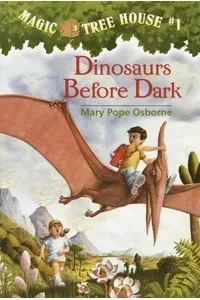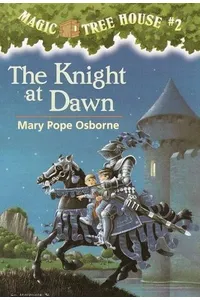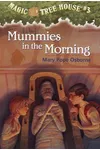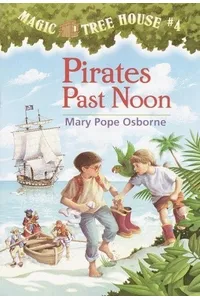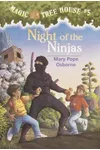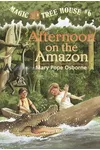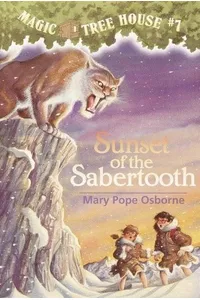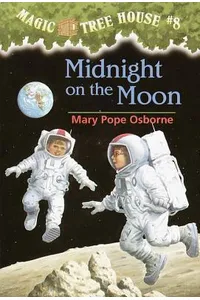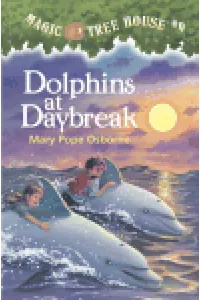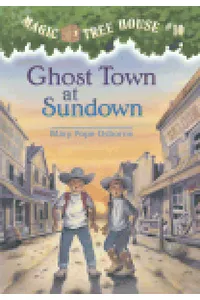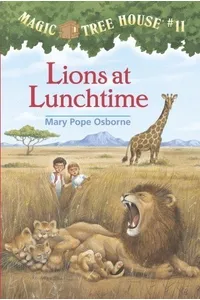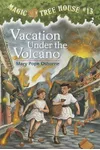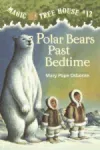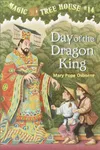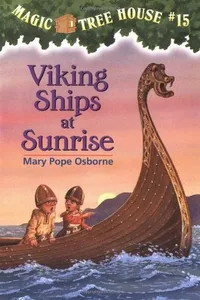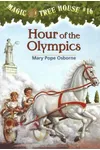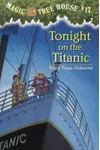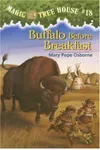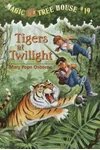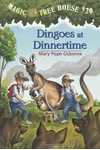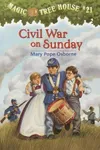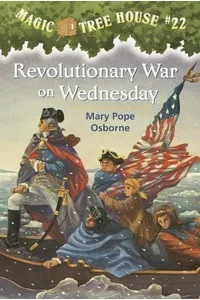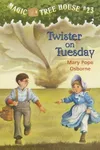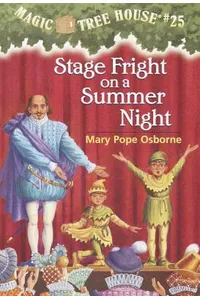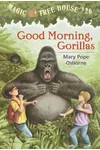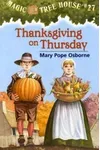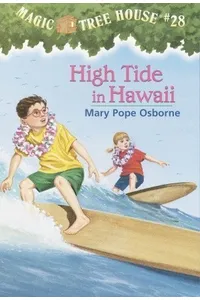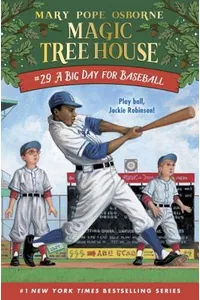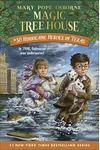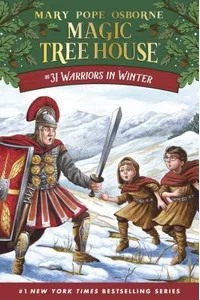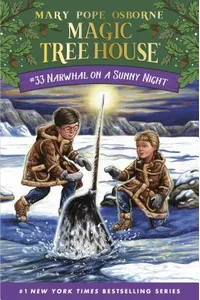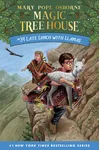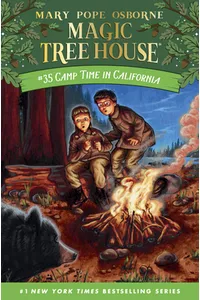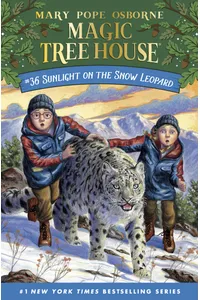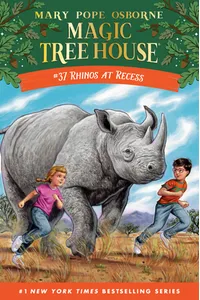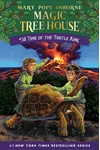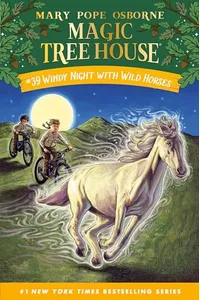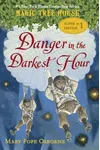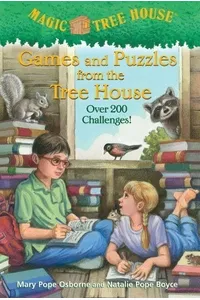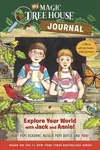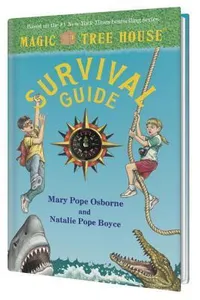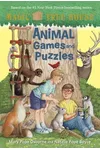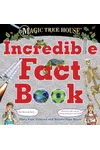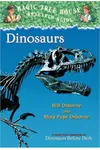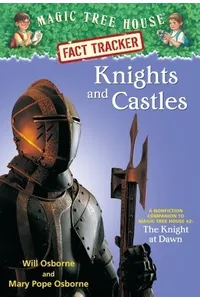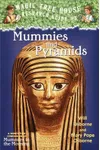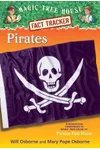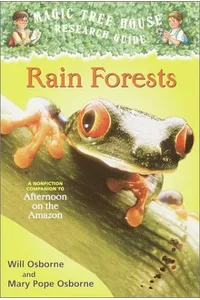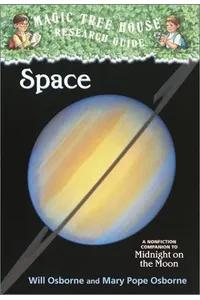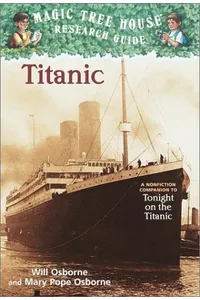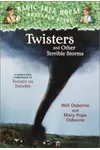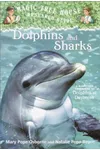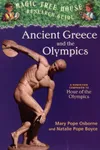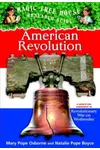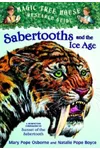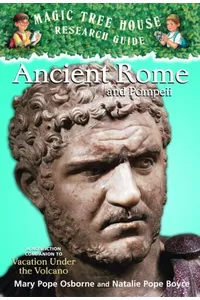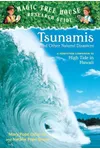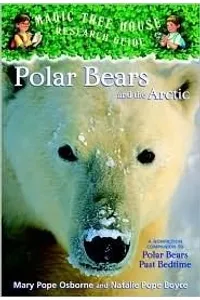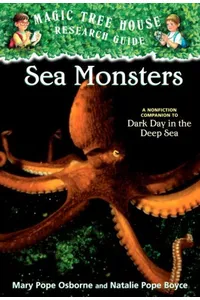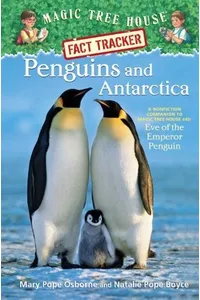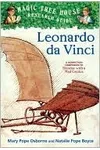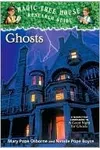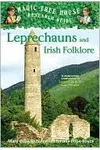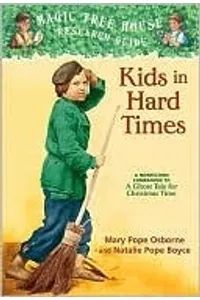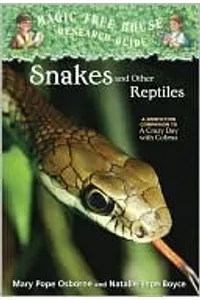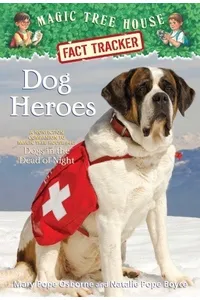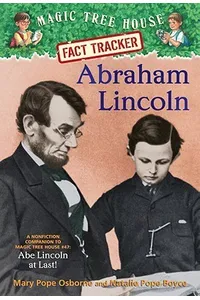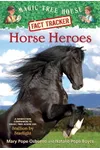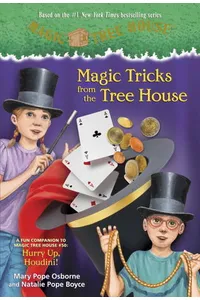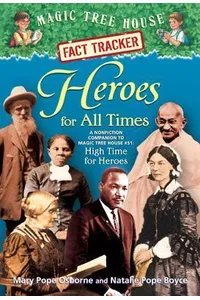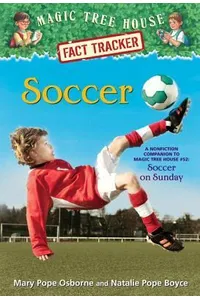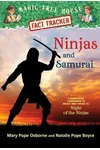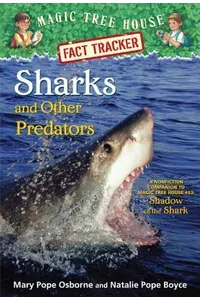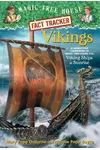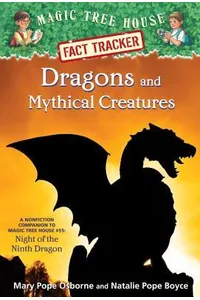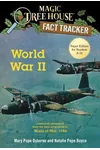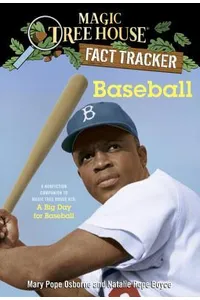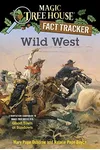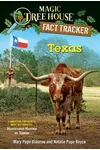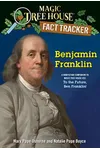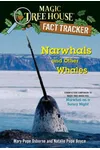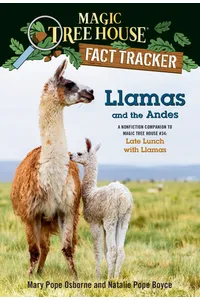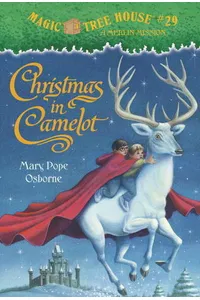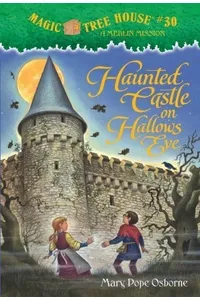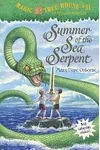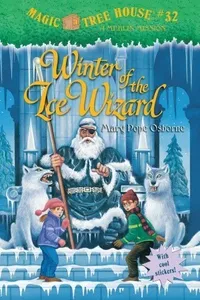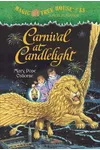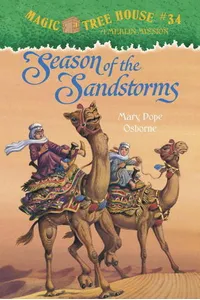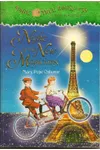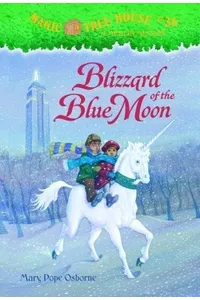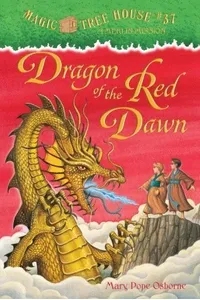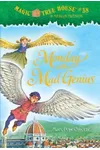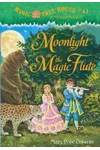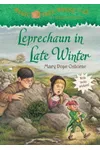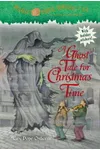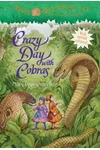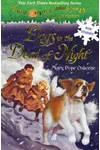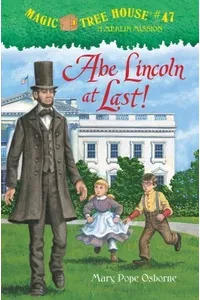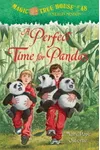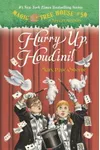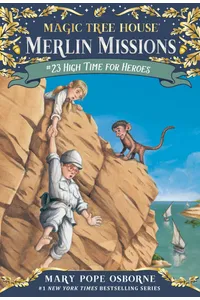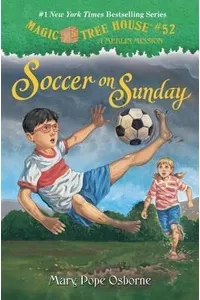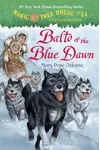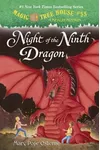Step into the enchanting world of Magic Tree House, where a magical treehouse whisks siblings Jack and Annie through time to unravel history’s greatest mysteries! Written by Mary Pope Osborne, this beloved children’s series blends fantasy, adventure, and education, captivating young readers with tales of courage and curiosity. Since its debut, it’s sold over 100 million copies, inspiring a love for learning across generations.
Perfect for kids aged 6–9, Magic Tree House combines bite-sized chapters with rich historical settings, making it a gateway to both reading and history. Ready to climb the ladder to adventure? Let’s explore how this magical series began and why it continues to spark imaginations!
How Magic Tree House Began
In 1992, Mary Pope Osborne introduced the world to Jack and Annie, inspired by her own childhood love for stories and history. As a former theater enthusiast, Osborne wanted to craft tales that felt like stepping onto a stage—vivid, immersive, and full of wonder. The idea of a magical treehouse that could transport kids anywhere in time came from her desire to make history accessible and exciting for young readers. With Random House’s support, the first book, Dinosaurs Before Dark, launched a phenomenon that would grow into a global franchise.
The Heart of Magic Tree House
At its core, Magic Tree House follows Jack, a cautious bookworm, and Annie, his impulsive younger sister, as they discover a treehouse filled with magical books. Each book they open sends them to a new historical era, guided by the mysterious librarian Morgan le Fay. In Dinosaurs Before Dark (1992), they encounter a T-Rex in the Cretaceous period, learning survival skills amidst prehistoric wonders. The Knight at Dawn (1993) transports them to a medieval castle, where they navigate knights and secret passages. Mummies in the Morning (1993) takes them to ancient Egypt, unraveling pyramid mysteries, while Pirates Past Noon (1994) pits them against swashbuckling pirates.
The series shines through its blend of historical accuracy and fantastical adventure. Themes of teamwork, bravery, and curiosity thread through every story, encouraging kids to embrace learning. Osborne’s straightforward prose and vivid settings—like feudal Japan or Revolutionary America—make complex historical moments relatable. Whether it’s meeting Shakespeare or exploring the Amazon, each book feels like a mini-history lesson wrapped in a thrilling quest.
The magic lies in its accessibility: short chapters, simple language, and engaging illustrations by Sal Murdocca keep young readers hooked. The series also evolves with its audience, with later Merlin Missions books offering longer, more complex tales for older kids, ensuring the treehouse stays relevant as readers grow.
Why Magic Tree House Resonates
Magic Tree House has left an indelible mark on children’s literature, sparking a passion for reading and history in millions. Teachers and parents praise its educational value, with companion nonfiction Fact Trackers diving deeper into each book’s historical context. Its universal appeal lies in its ability to make the past feel alive, turning dusty history into vibrant adventures. The series has inspired stage plays, a podcast, and even classroom curricula, cementing its cultural footprint.
Its enduring charm comes from its heart: Jack and Annie’s sibling bond mirrors real-life relationships, making their courage and curiosity relatable. By showing kids they can explore the world through books, Magic Tree House remains a timeless invitation to dream big.
- First Published: 1992
- Number of Books: Over 60, including main series and Merlin Missions
- Awards: Multiple state reading awards and recognition from the National Education Association
- Target Age: 6–9 for main series, 8–12 for Merlin Missions
Grab Dinosaurs Before Dark and climb into the Magic Tree House for a whirlwind of history, magic, and adventure!
